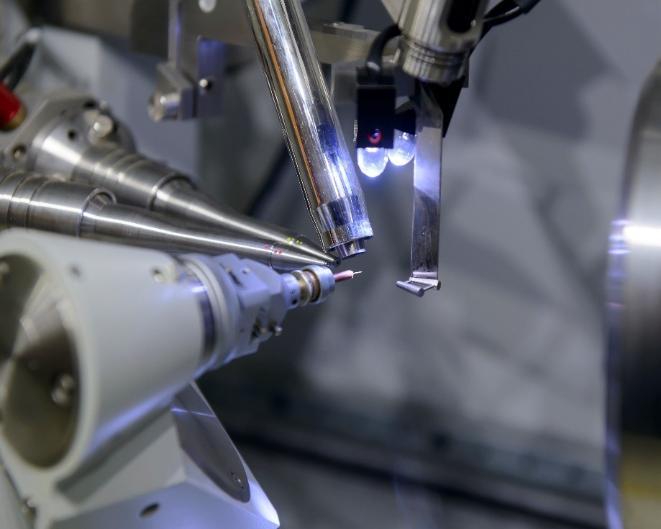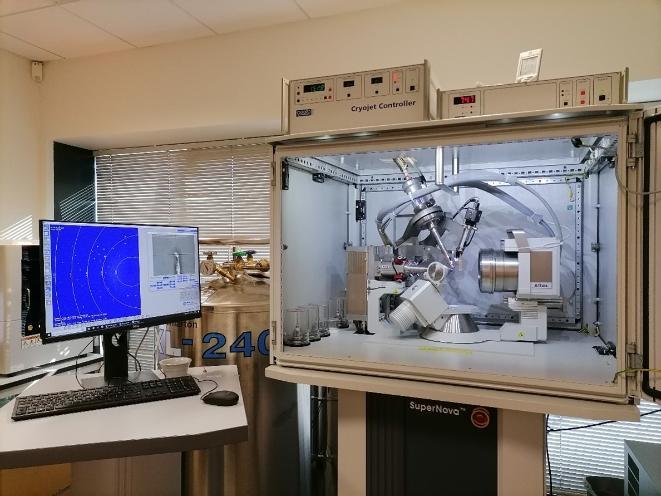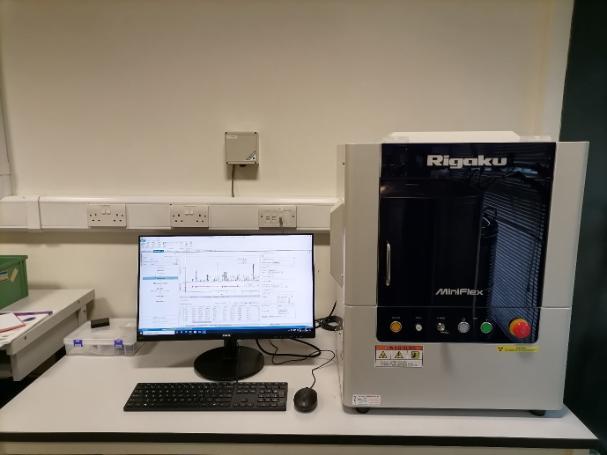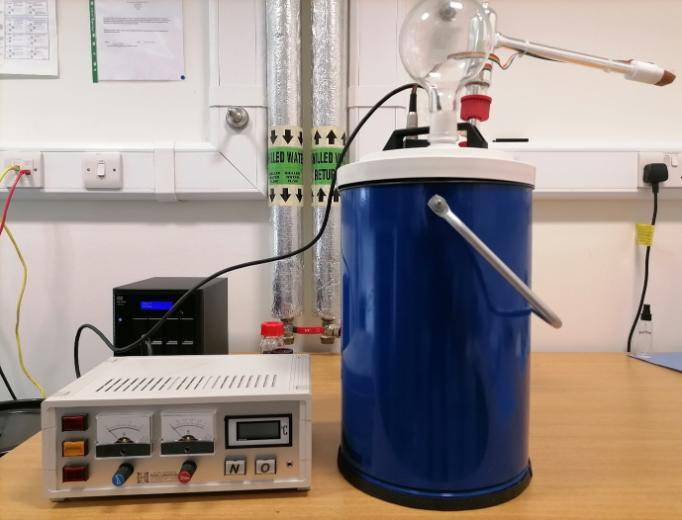Diffraction techniques allow the study of the intermolecular interactions that govern the formation of crystalline materials by providing precise and comprehensive information on the nature and connectivity of the atoms that comprise its structure. By understanding the structure and how a molecule is related to its neighbours, a relationship between the structure and its physicochemical properties can be established.
The UCD School of Chemistry X-ray diffraction laboratory is pleased to offer technical support in structural determination of small molecules, as well as assistance in structure analysis, study of non-covalent interactions, polymorphism evaluation and description of packing arrangement.
Instrumentation & Services
Small-molecule single crystal X-ray diffraction
For the structural determination of small molecules, our facility has an Supernova single crystal diffractometer by Oxford Diffraction.


Supernova is equipped with Mo (λ = 0.71073) and Cu (λ = 1.54178) X-ray tubes, as well as a Kappa goniometer and an Atlas detector. An Oxford Cryosystem equipment is used to manage the temperature, which can deliver stable temperatures ranging from 100 to 400 K.
The CrysAlisPro software package is the program used for the collection and reduction of diffraction data; however, we also have partner programs, such as the CellCheck CSD module, which allows automatic evaluation of measured unit cell parameters by matching the CSD.
In addition, CrysAlisPro allows the identification of the atomic connection in the time record.
Powder Diffractometer
The Miniflex 600 is a compact X-ray diffractometer designed for laboratory use, capable of analysis of polycrystalline substances. This instrument is used to identify different phases in a variety of fields, including materials science, geology, forensics, food science, pharmaceuticals, and environmental research.

This Benchtop X-Ray Diffractometer has a Cu anode X-ray tube with fine focus, a D/teX Ultra 2
detector for quick and high-resolution scanning, and an Automatic 8-position sample changer.
SmartLab studio II is the software package used for measurements, analysis and data visualisation,
and phase evaluation.
Low Temperature Crystal Mounting
For those samples that are not stable at room temperature, either because they melt or degrade below room temperature or lose solvent, our facility has low temperature mounting equipment X-Temp 2.

The instrument consists of a Controller, Evaporator and Isolation Container that facilitates the mounting of samples under a flow of nitrogen and allows the collection of data for samples sensitive to air.
Crystalline samples have been handled with the X-Temp 2 system under the microscope over a broad low-temperature range. This method of crystallization guarantees a continuous cooling chain from sample removal from the crystallization container through crystal placement in the diffractometer.
Services
Our facility provides data collection and analysis services for single crystal X-ray diffraction of small molecules and powder materials to both on-campus researchers and external customers. This includes:
- Crystal mounting, including samples that are sensitive to air, temperature, or moisture.
- Determination of the space group and parameters of the unit-cell lattice.
- Structural determination.
- Screening of polymorphs.
- Determination of the absolute configuration of chiral crystals.
- Analysis of crystal structure: bond distance, bond lengths, bond angles.
- Identification of supramolecular interactions.
- Phase identification.
- Percent (%) crystallinity.
- Crystallite size.
- Lattice parameter refinement.
- Assistance with writing crystallographic publications.
Location: Sample collection hours:
School of Chemistry, 2:00 pm - 3:00 pm
CSCB building. Monday - Friday
Room L0.09
Guidelines
Data collection will be done on a first-come, first-served basis.
Notify the lab manager in advance if your material is unstable at room temperature.
Results are delivered via email, and reports are created according to your specific requirements.
Raw data will be stored on the server for a maximum of two years.
The user (PI / Student) is responsible for safekeeping his/her own data.
Radiation Awareness Training required before training/use.
Become a X-ray lab user: Submit a Sample
Complete the submission form with the required details.
Supernova: .pdf, .docx
Miniflex: .pdf, .docx
Links
Academic users have access to several freely available crystallographic resources on the internet which can be very useful for crystal growth, solving, refining and crystal structure analysis:
(opens in a new window)Growing Quality Crystals
(opens in a new window)Crystallography Open Database
(opens in a new window)International Union of Crystallography (IUCR)
Contact
For training and cost estimates please contact:
Dr. Julia Bruno-Colmenárez
X-ray diffraction laboratory,
School of Chemistry,
University College Dublin.
Room S0.03 – Science South, Tel: 00.353.1.716.2133
Room L0.09 - CSCB Tel: 00.353.1.716.2959
(opens in a new window)julia.bruno@ucd.ie